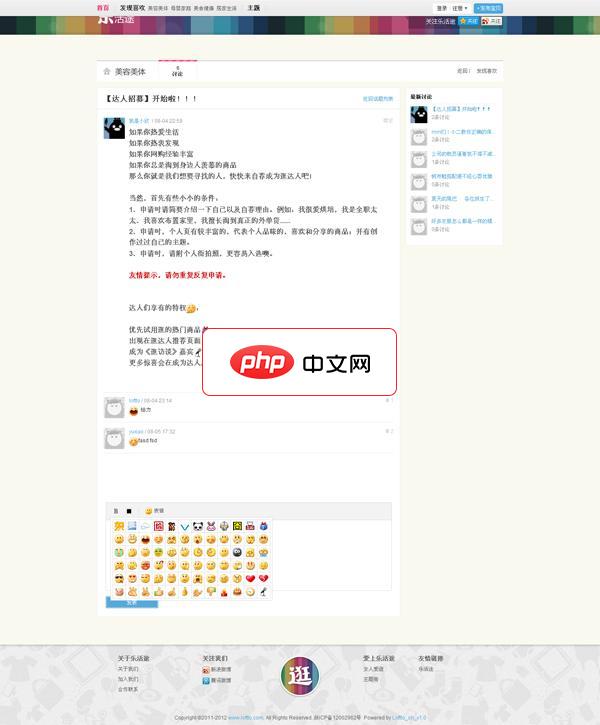
本文介绍如何使用Python的requests库和xml.etree.ElementTree模块解析XML数据。XML(可扩展标记语言)用于存储结构化数据。 常见的XML应用包括站点地图和RSS订阅。
以下是一个XML文件示例:
<code class="xml"><breakfast_menu>
<food>
<name>belgian waffles</name>
<price>$5.95</price>
<description>two of our famous belgian waffles with plenty of real maple syrup</description>
<calories>650</calories>
</food>
<food>
<name>strawberry belgian waffles</name>
<price>$7.95</price>
<description>light belgian waffles covered with strawberries and whipped cream</description>
<calories>900</calories>
</food>
<food>
<name>berry-berry belgian waffles</name>
<price>$8.95</price>
<description>light belgian waffles covered with an assortment of fresh berries and whipped cream</description>
<calories>900</calories>
</food>
<food>
<name>french toast</name>
<price>$4.50</price>
<description>thick slices made from our homemade sourdough bread</description>
<calories>600</calories>
</food>
<food>
<name>homestyle breakfast</name>
<price>$6.95</price>
<description>two eggs, bacon or sausage, toast, and our ever-popular hash browns</description>
<calories>950</calories>
</food>
</breakfast_menu></code>这个例子展示了一个breakfast_menu根元素,包含多个food元素,每个food元素包含name、price、description和calories子元素。
接下来,我们将学习如何用Python解析此类XML数据。首先,设置开发环境:
立即学习“Python免费学习笔记(深入)”;
安装必要的库:
<code class="bash">sudo apt install python3 python3-virtualenv -y # Debian/Ubuntu python3 -m venv env # 创建虚拟环境 source env/bin/activate # 激活虚拟环境 pip3 install requests</code>
创建main.py文件并输入以下代码:
步骤一:获取所有标签名
<code class="python">import requests
import xml.etree.ElementTree as ET
response = requests.get('https://www.w3schools.com/xml/simple.xml')
root = ET.fromstring(response.content)
for item in root.iter('*'):
print(item.tag)</code>这将打印出所有XML标签的名称。

beta v1.1版本为第一个版本,简单的整合了基础功能,各位站长拿到程序后,不要纠结后台的功能简单,后续将不断更新扩展。在beta v1.1版本使用过程中遇到什么问题,请登录 www.loftto.com 进行反馈! 安装说明######重要提醒:程序不支持二级目录安装,请使用一级目录或二级目录绑定!#第一步,确定你的服务器支持PHP+mysql。#第二步,确定你的服务器开启了gd库。#第三步,
 0
0

步骤二:提取特定元素的值
<code class="python">import requests
import xml.etree.ElementTree as ET
response = requests.get('https://www.w3schools.com/xml/simple.xml')
root = ET.fromstring(response.content)
for item in root.iterfind('food'):
print(item.findtext('name'))
print(item.findtext('price'))
print(item.findtext('description'))
print(item.findtext('calories'))</code>这将打印每个食物的名称、价格、描述和卡路里信息。
步骤三:格式化输出
为了更清晰地显示结果,我们可以格式化输出:
<code class="python">import requests
import xml.etree.ElementTree as ET
response = requests.get('https://www.w3schools.com/xml/simple.xml')
root = ET.fromstring(response.content)
for item in root.iterfind('food'):
print('Name: {}, Price: {}, Description: {}, Calories: {}'.format(
item.findtext('name'), item.findtext('price'), item.findtext('description'), item.findtext('calories')))</code>这将以更易读的格式打印输出。
XML文件示例来自w3schools。
希望本文对您有所帮助! 您可以通过你的赞助链接来支持我的工作。
以上就是在 Python 请求库中使用 XML的详细内容,更多请关注php中文网其它相关文章!

每个人都需要一台速度更快、更稳定的 PC。随着时间的推移,垃圾文件、旧注册表数据和不必要的后台进程会占用资源并降低性能。幸运的是,许多工具可以让 Windows 保持平稳运行。

Copyright 2014-2025 https://www.php.cn/ All Rights Reserved | php.cn | 湘ICP备2023035733号